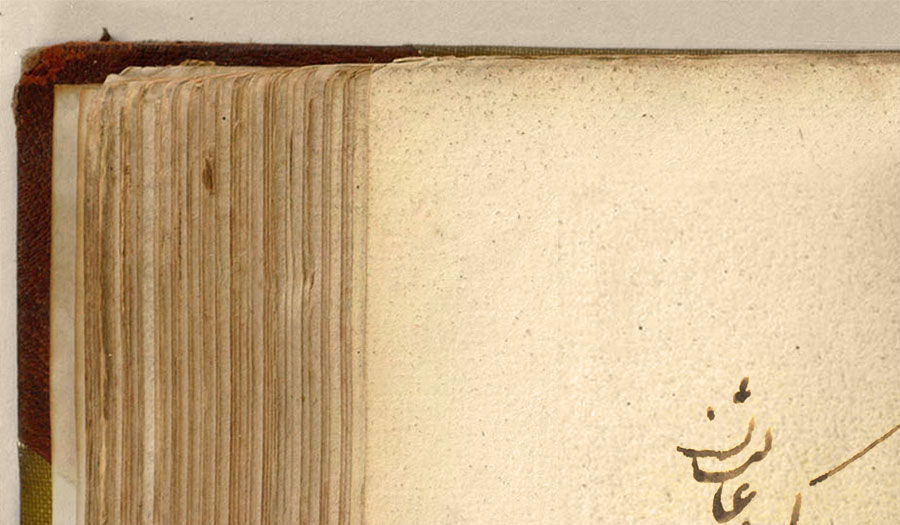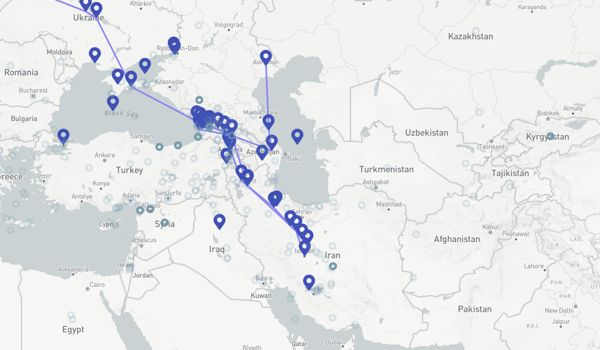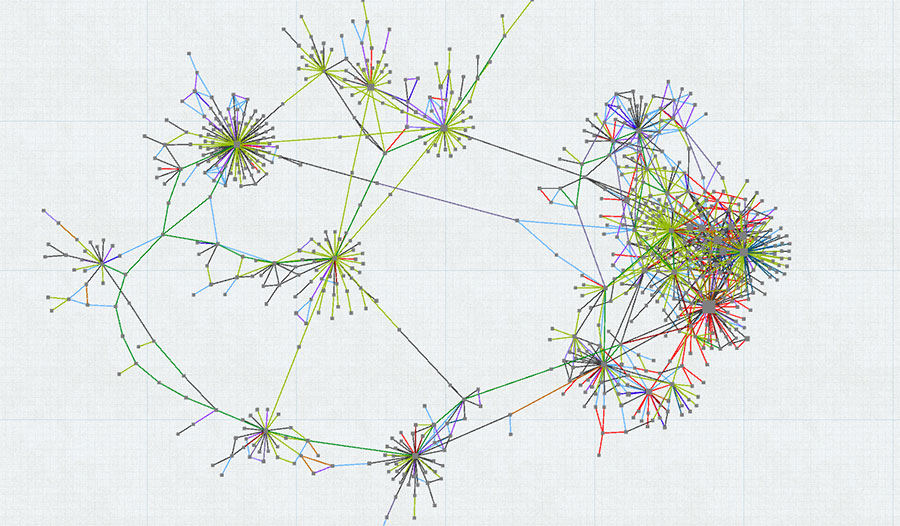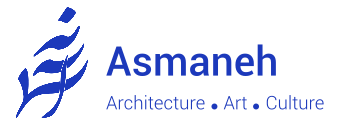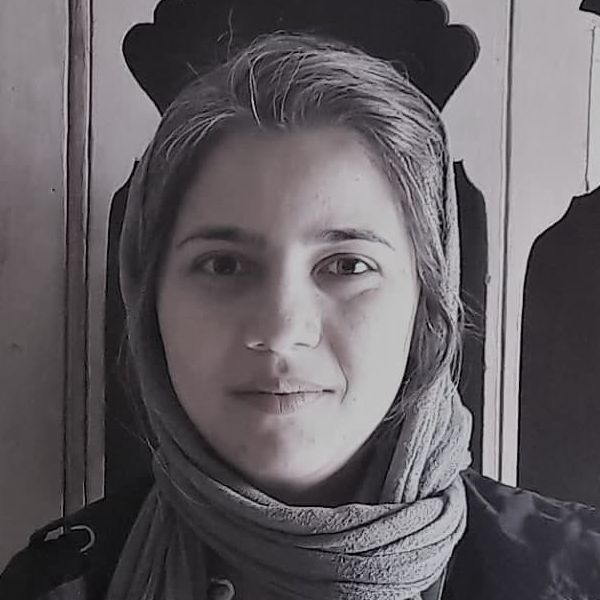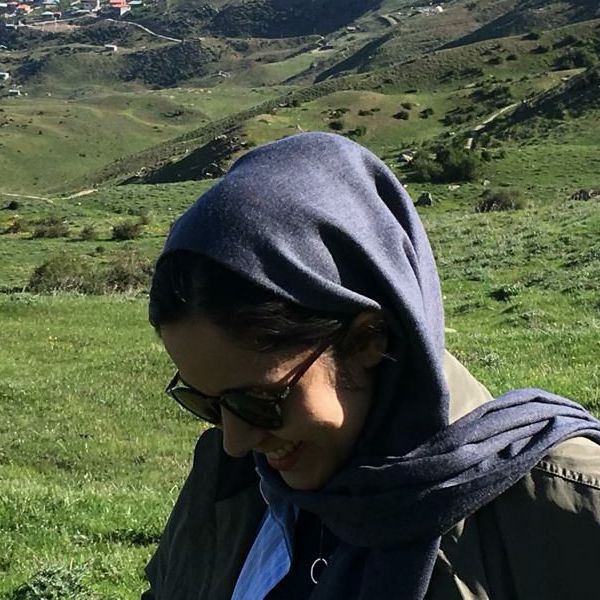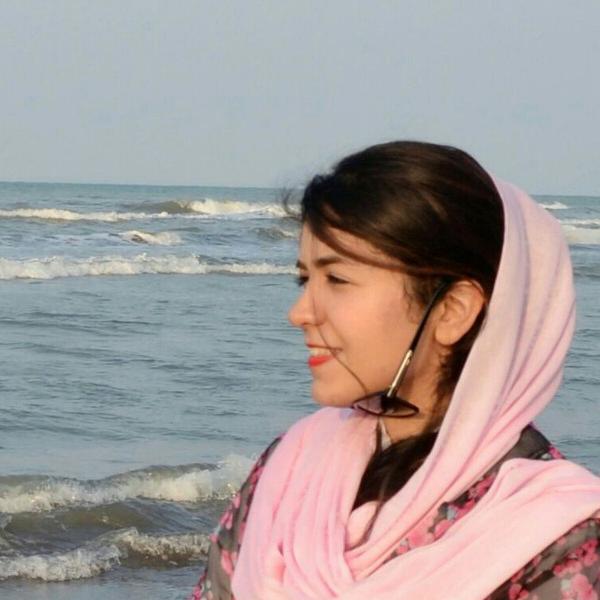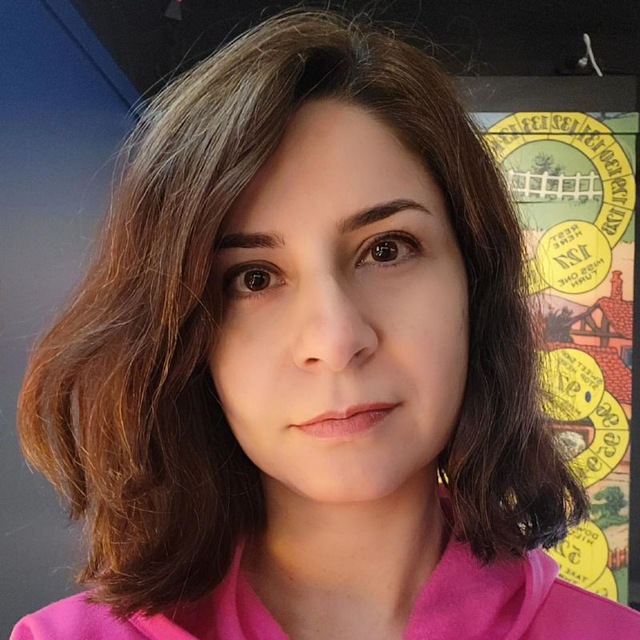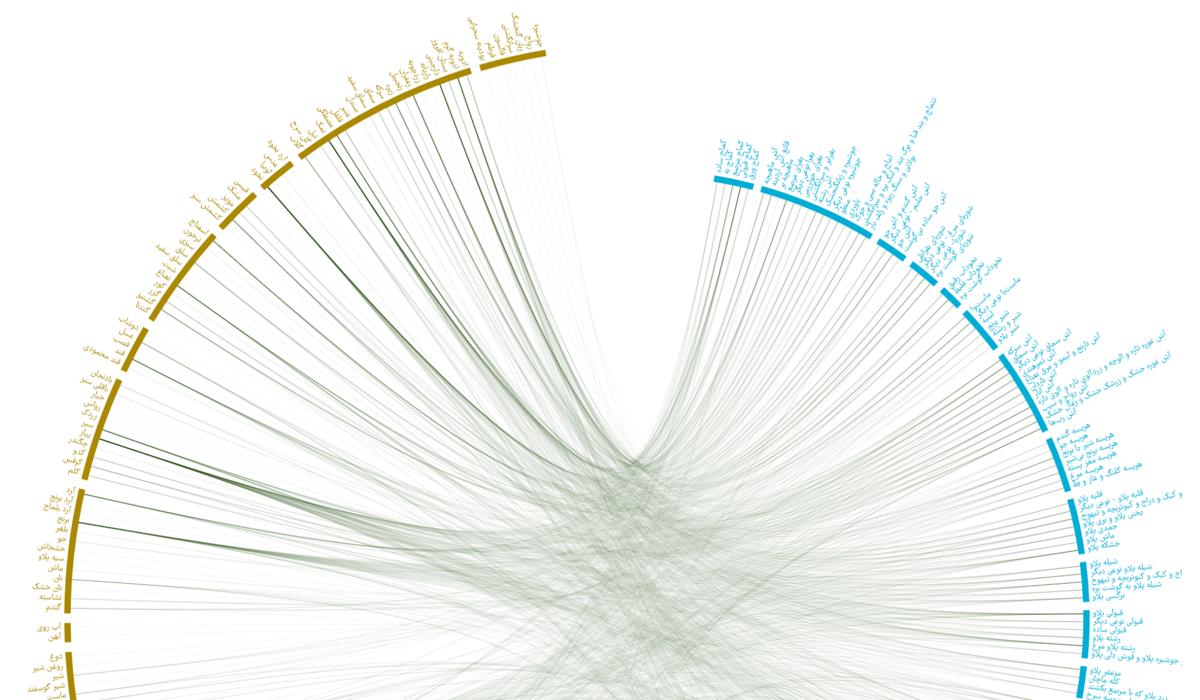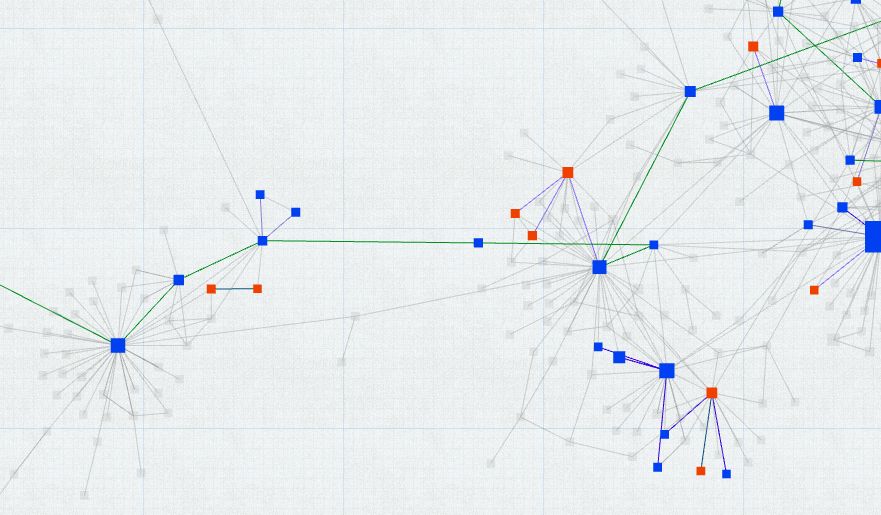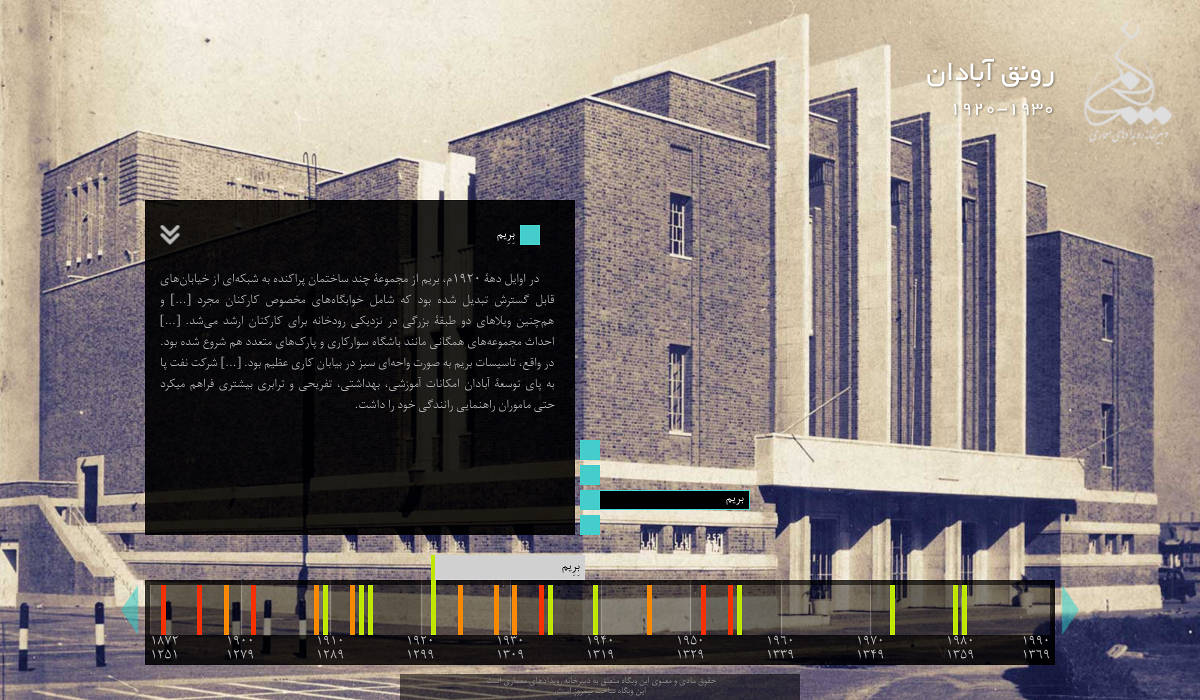
nowruzgan
Laboratory for the Study of Persianate World
Specialties
Digital Archives
Providing descriptive metadata to essential document collections in a free-access online repository for researchers and enthusiasts
Data Visualization
Providing a conceptual "big picture" emerging out of complex datasets (statistical, spatial, relational, etc.) leading to a new understanding
Linked data & Ontologies
Providing an ontological perception of concepts and phenomena through connecting various data into a coherent network
Our Projects
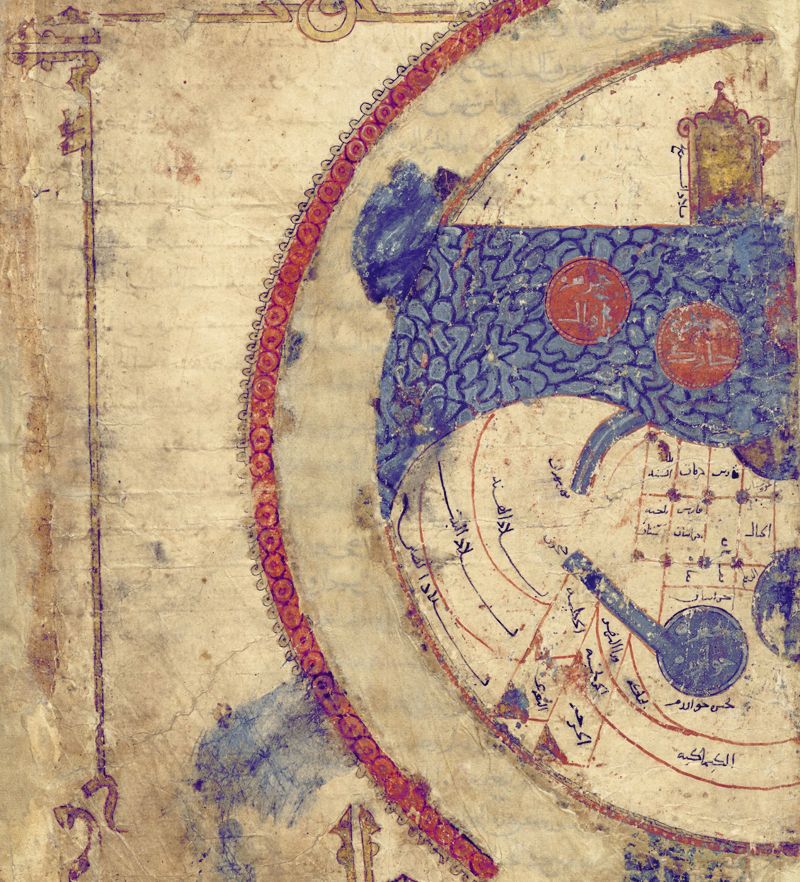
Ketabkhaneh / Documentbase
The Persian word “Ketabkhaneh” literally means library. Ketabkhaneh is our document repository and is designed to make a variety of documents related to the history and culture of Nowruz land accessible to the public, including manuscripts, images, audio documents, and videos.
We aim to deliver these documents and their metadata in a method that a researcher can confidently refer to them.
Based on semantic and ontological relations, links inside the repository and interlinks with other Nowruzgan entities lead to a cohesive and comprehensive body of knowledge.
Vazhgar
- Vazhgar is an online dictionary of architecture, art, and cultural studies.
- Vazhgar is multi-lingual, including Persian, English, Arabic, Italian, French, German, and Spanish.
- Vazhgar is a terminological resource in architecture, city, art, architectural history, urban history, art history, conservation, archeology, museology, cultural studies, and architectural and art anthropology.
- In each entry, these types of information are presented:
The word’s vocal pronunciation (so far excluded to English);
The word’s etymology (so far excluded to English);
The term’s equivalents in different languages, with the equivalent source;
The term’s meaning in Persian, with the meaning source;
A sentence example of the term in Persian;
A diagram of the terms semantic relationships - By the mentioned semantic diagram, Vazhgar makes it possible to study the semantics of the term;
- Persian terms of Vazhgar are linked to Nowruzgan’s other projects and some other Persian corpora.
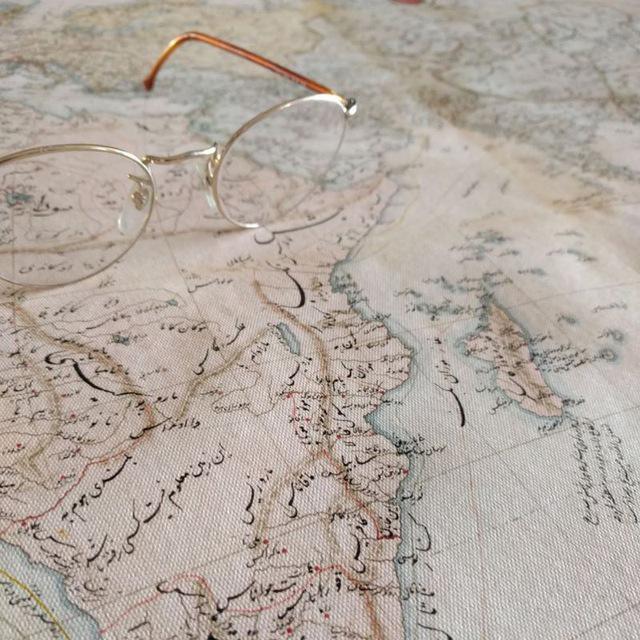
Travelogue
Travelogue project, is the base for processing the data of Iran’s and Iranians’ travelogues in the Nowruzgan knowledge base. Travelogue illustrates the journeys on the modern world map, connecting the places’ past and present. Comparing different journey routes also creates a new image of different destinations and places. Travelogue also includes various tags and indices specifying the narrations’ themes and subjects, helping researchers explore the travelogue’s data in various fields and disciplines.
Media and Education
Visual Narrative
The Savory Almanac
Visualizing connections between dishes and ingredients according to several historical cookbooks dating from 15th to 19th century
Ontology of Shahnameh
Specifying the categories of Shahnameh characters and the relations among them
Oil-Timeline in Southwest Iran
Demonstrating urbanization of southwest Iran through the establishment of oil industries
About Us
Board members
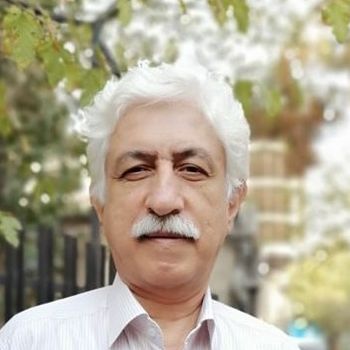
M. Qayyoomi
Co-Founder Editor
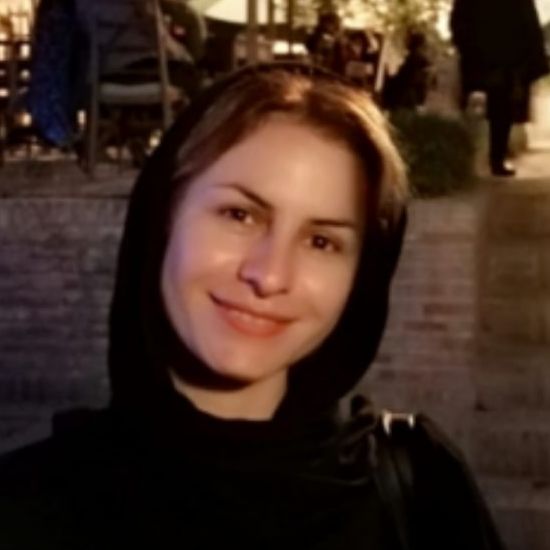
M. Najafi
Member of the Board
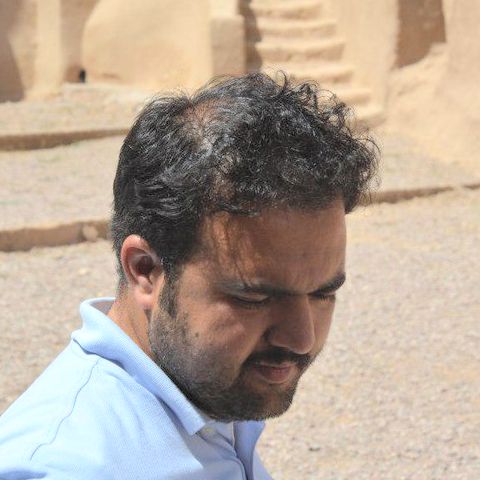
S. Soltani
Member of the Board
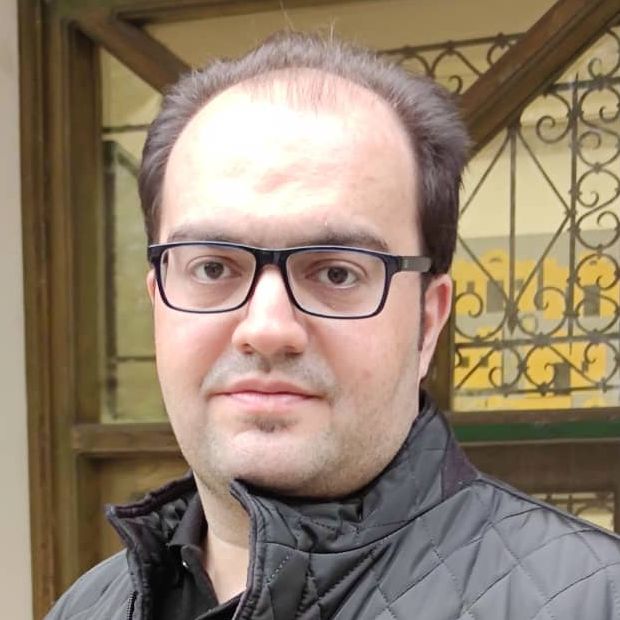
M. Fallah
Member of the Board
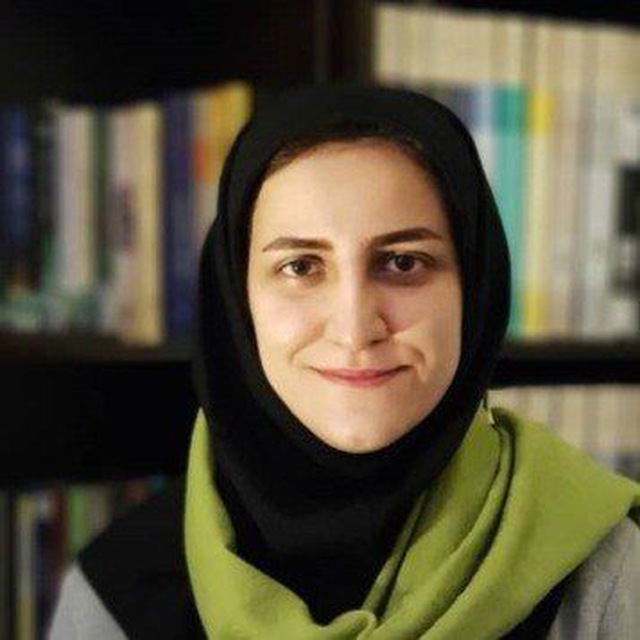
H. Hajyasini
Member of the Board
Knowledge Curators
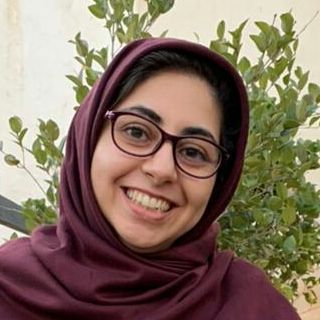
F. Ahmadi
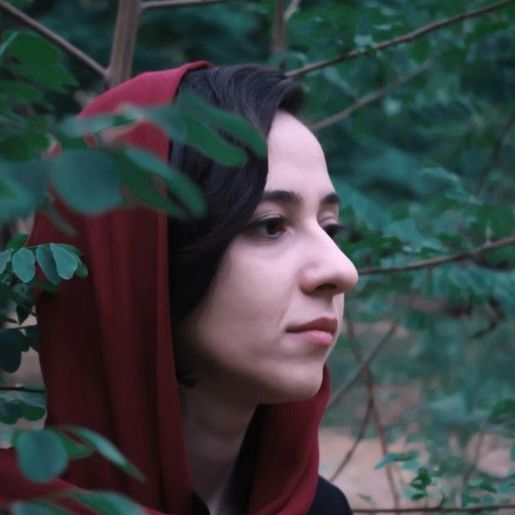
S. Ahmadkhani
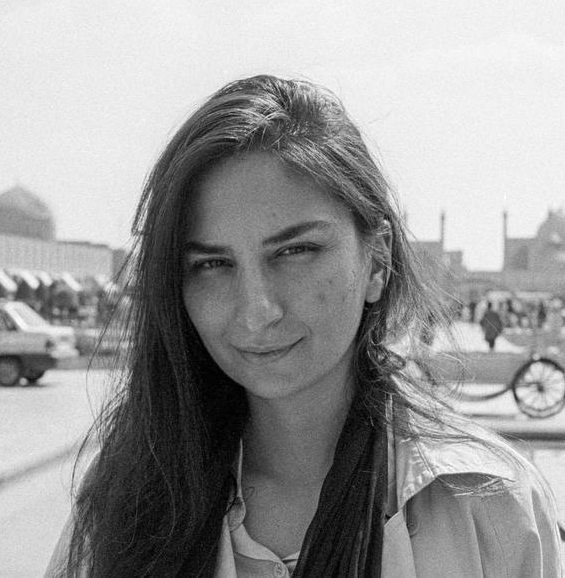
S. Bemanian
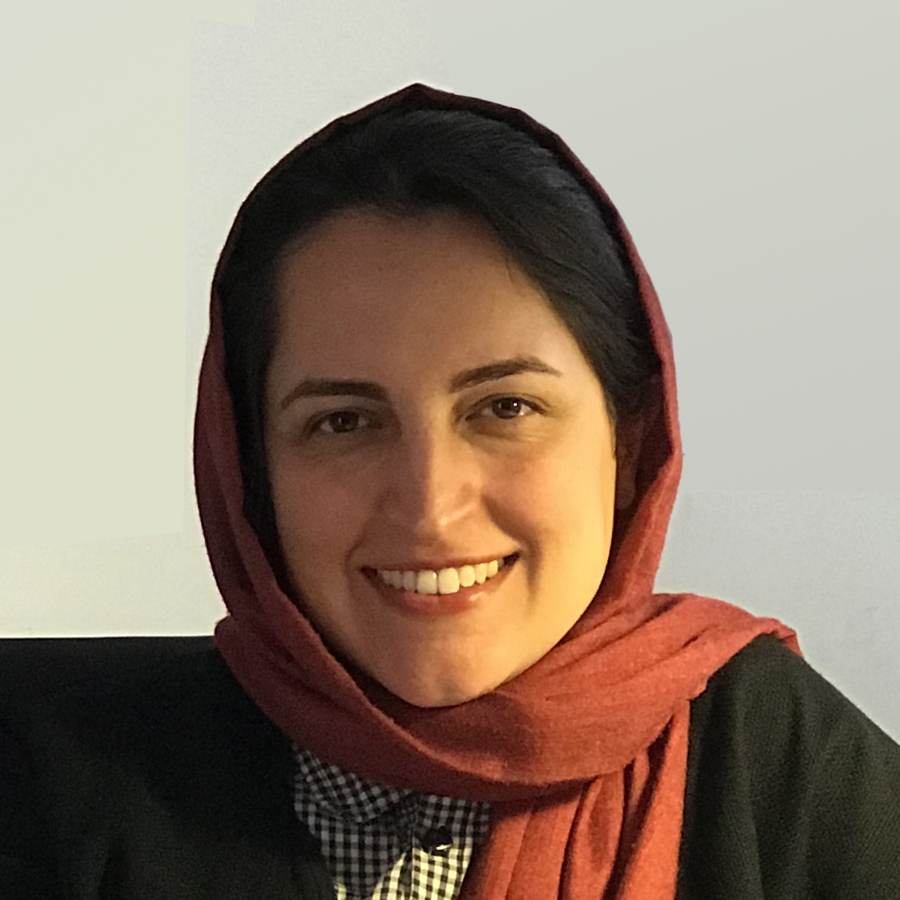
M. Heydari

Z. Mohammadi
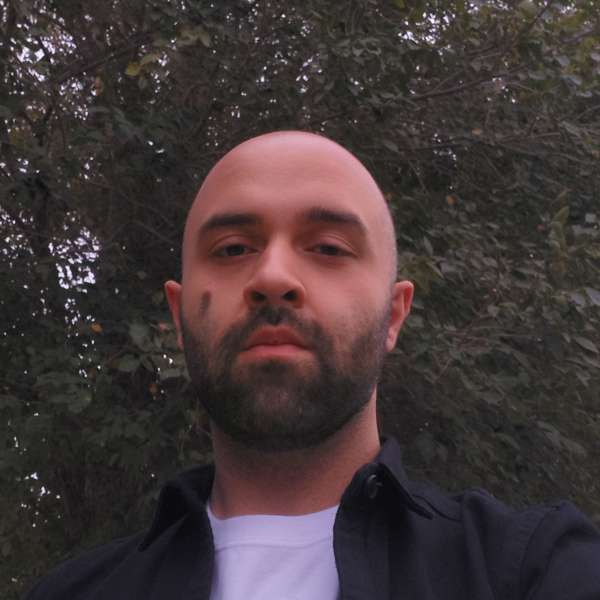
A. Moqtadaie
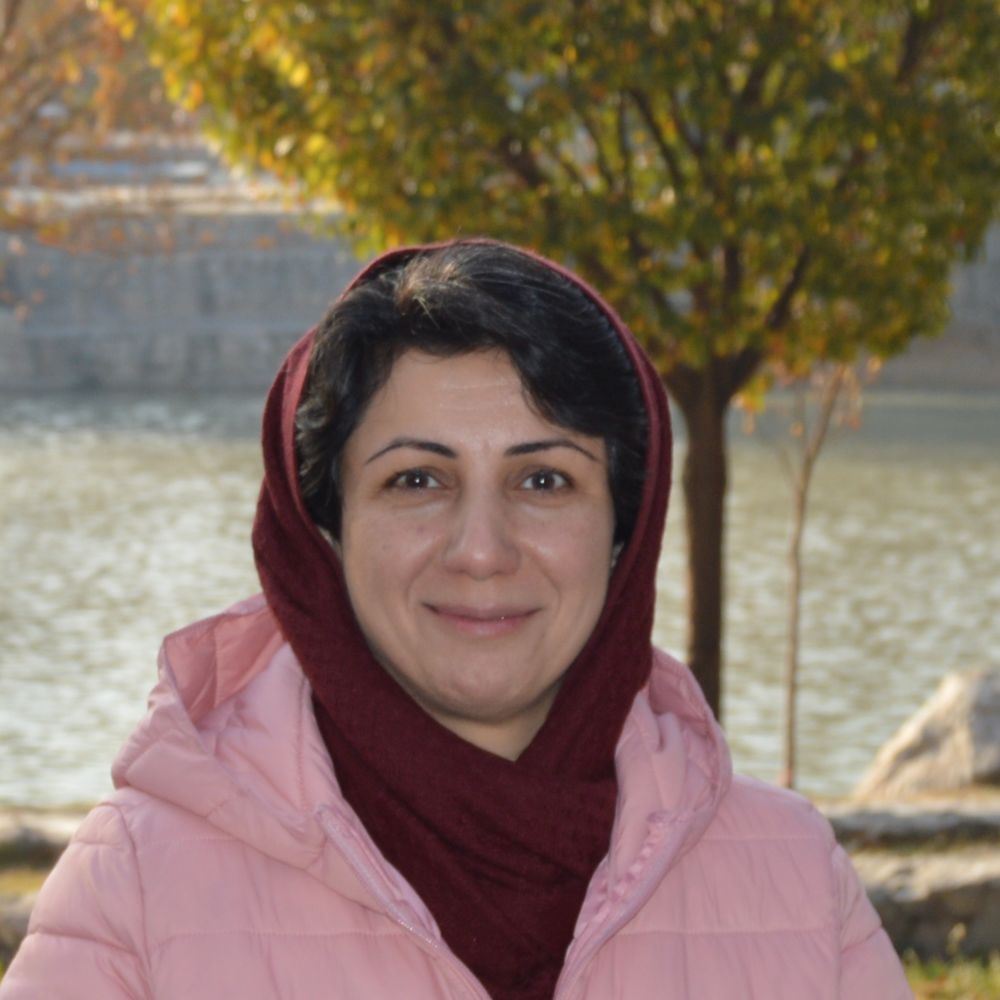
L. Qasemi
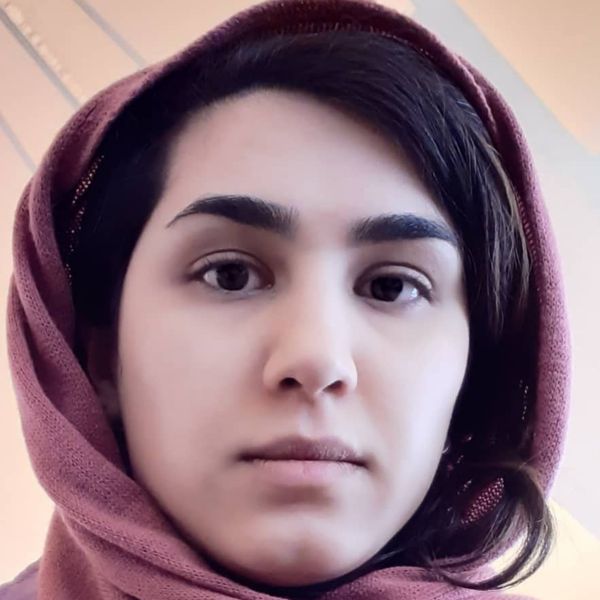
A. Tajbakhsh
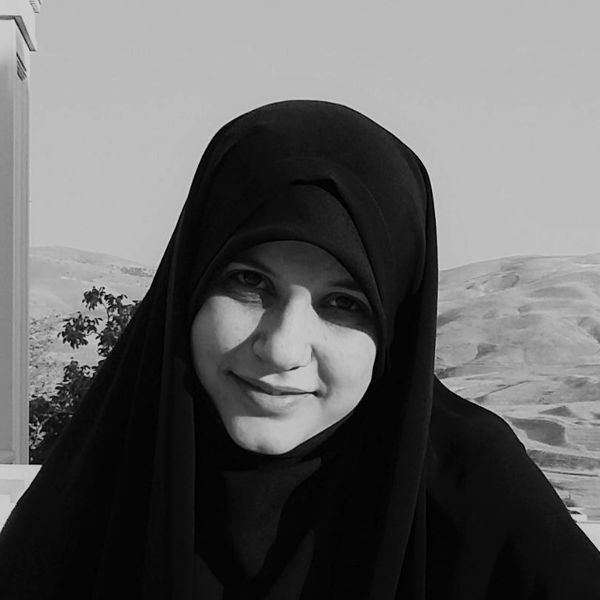
N. Zamiri
IT and Infrastructure
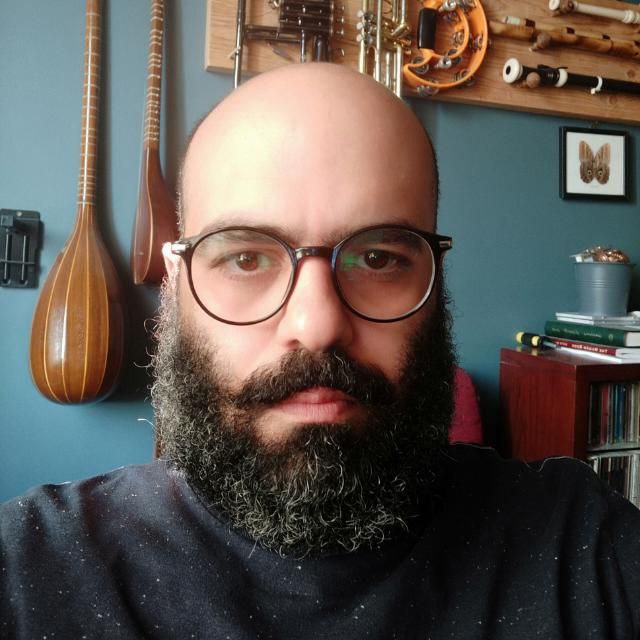
B. Vandad
Co-Founder

B. Mehrbakhsh

A. Tayebi
nowruzgan
Laboratory for the Study of Persianate World
Nowruzgan is a laboratory devoted to the study of the culture(s) of the Persianate world. It engages comprehensively with the cultural expressions of this vast region—ranging from art and architecture to literature, language, and customs—encompassing both material and non-material cultures.
Nowruzgan has a special concern about exploring and elucidating connections: linking texts and documents to land and geography, bridging different cultural manifestations, connecting disparate historical evidence, tracing the relationships between concepts, terms, and words, and examining the ties among the various subcultures of the Persianate world, both in historical and contemporary contexts.
The geographical scope of Nowruzgan extends to the entire Persianate sphere, broadly defined as regions where Persian/Dari/Tajik, or its closely related languages are or have been spoken. This is also the area where the celebration of Nowruz is still widely practiced, from which the name “Nowruzgan” is derived.
Chronologically, Nowruzgan’s inquiry is unrestricted, encompassing periods from prehistory to the present.
Other contributors
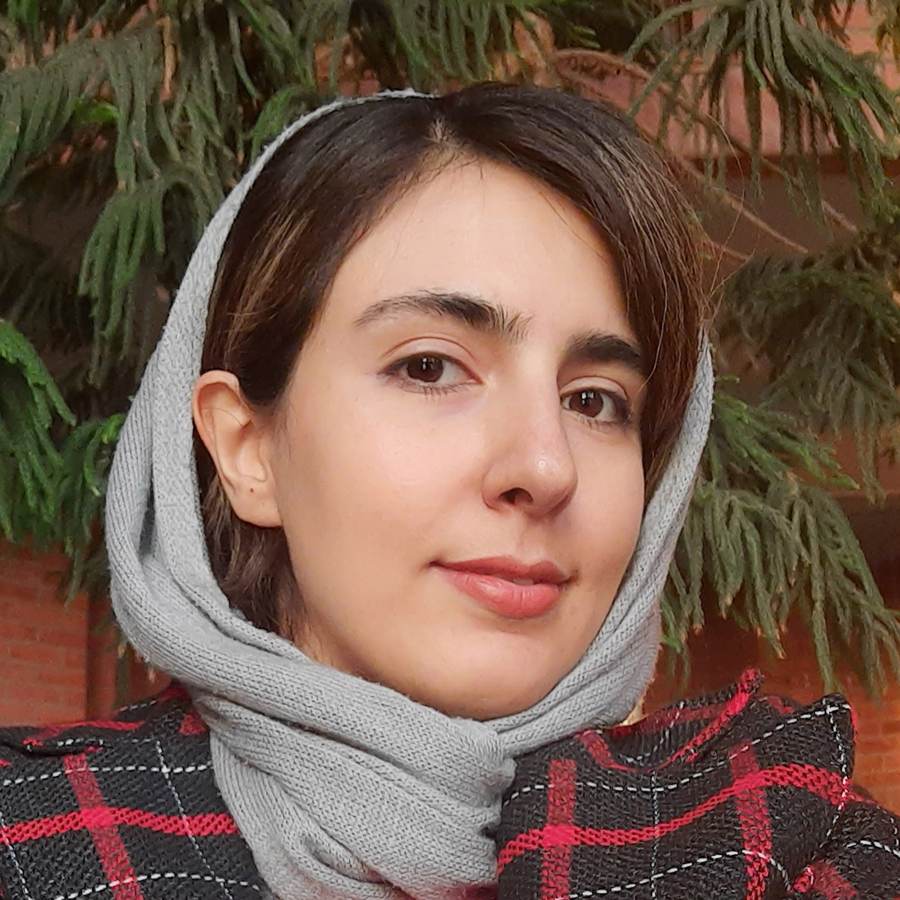
M. Amarlu
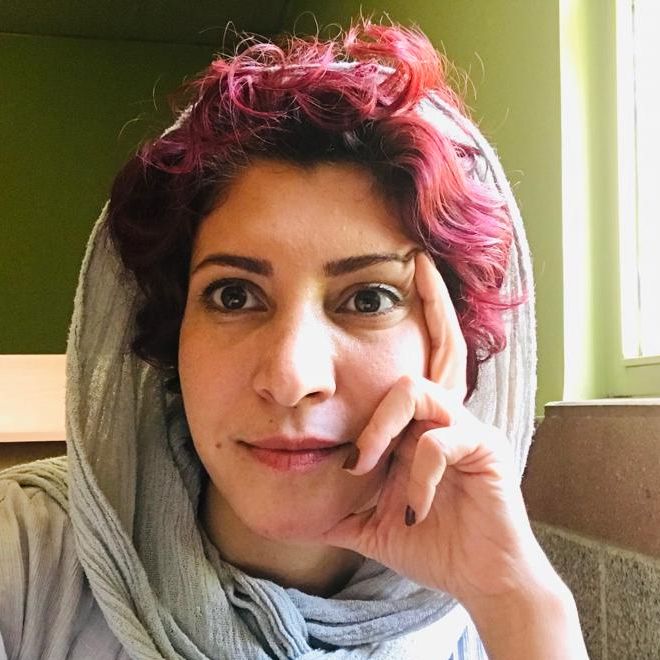
N. Babaei
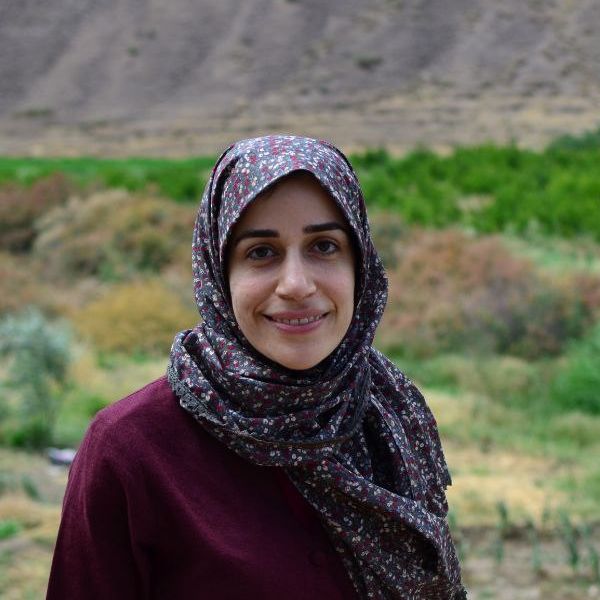
M. Danaeifar
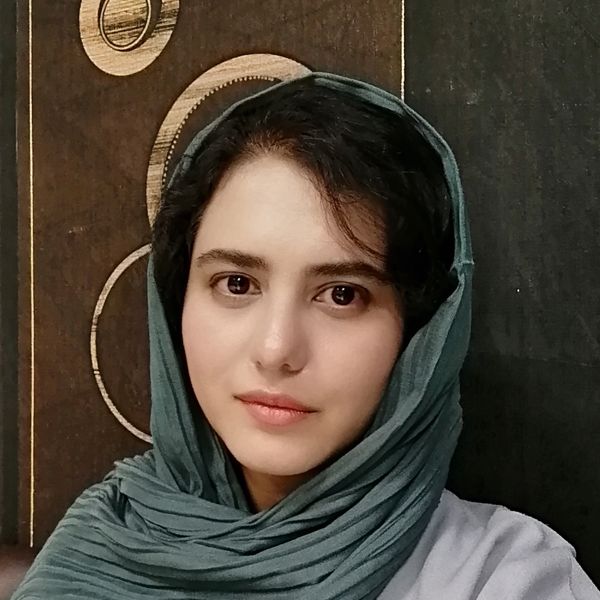
Z. Golshan
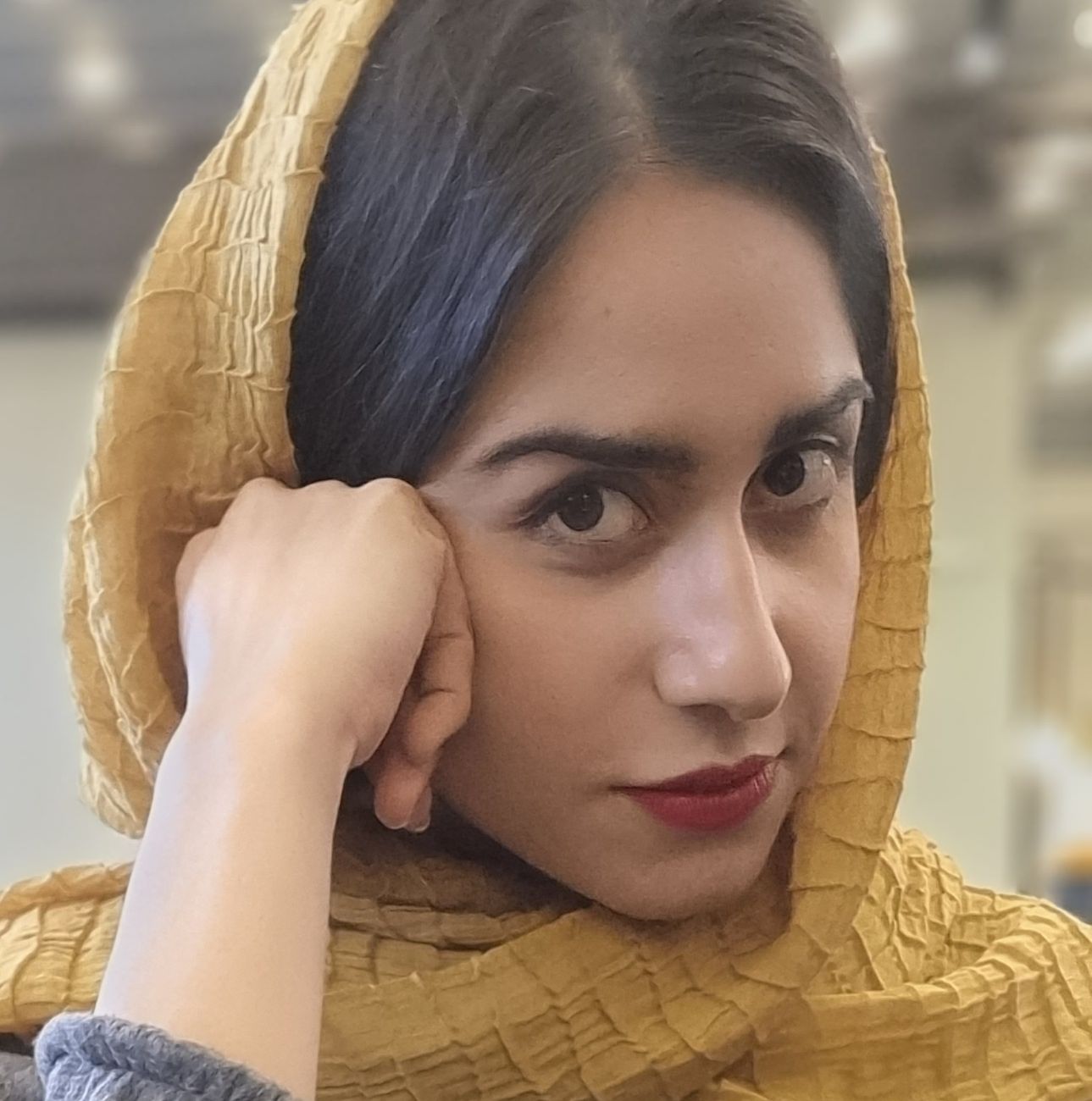
M. Javadikia
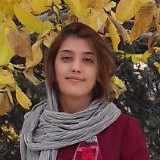
N. Mokhtari
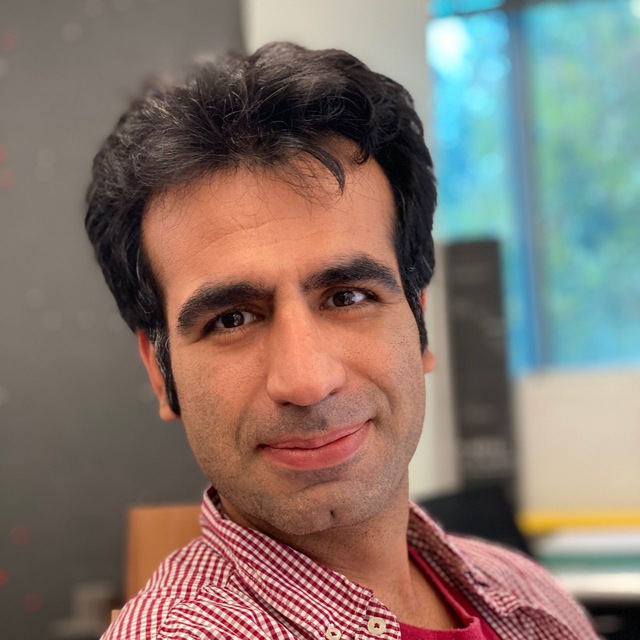
M. Taheri

F. Zerehdaran
Partners
Get In Touch
We invite you to engage with us as we explore the diverse landscapes of Nowruz Land. This journey offers an opportunity for intellectual growth and a deeper understanding of a culture that embodies unity amidst diversity.
